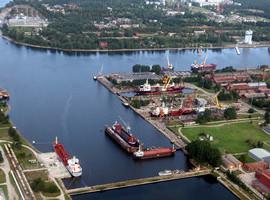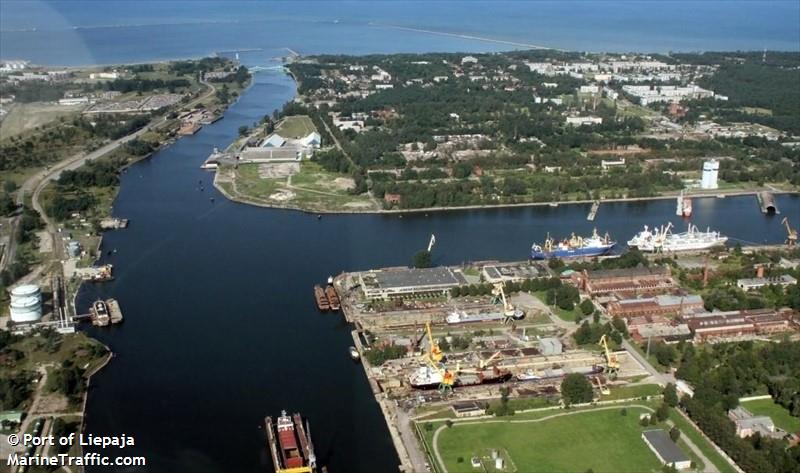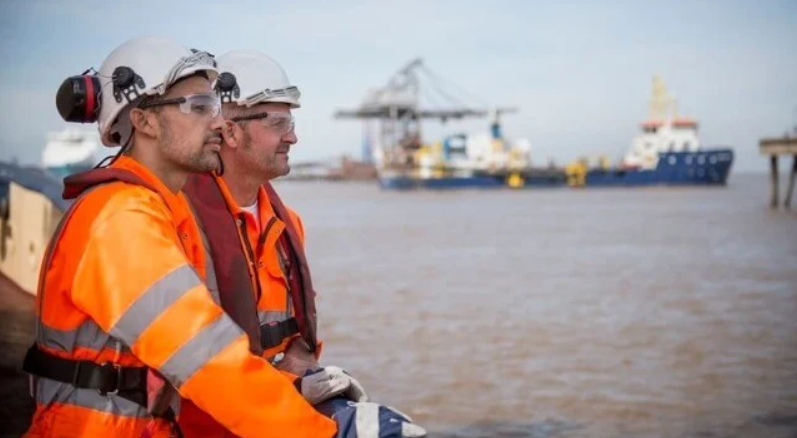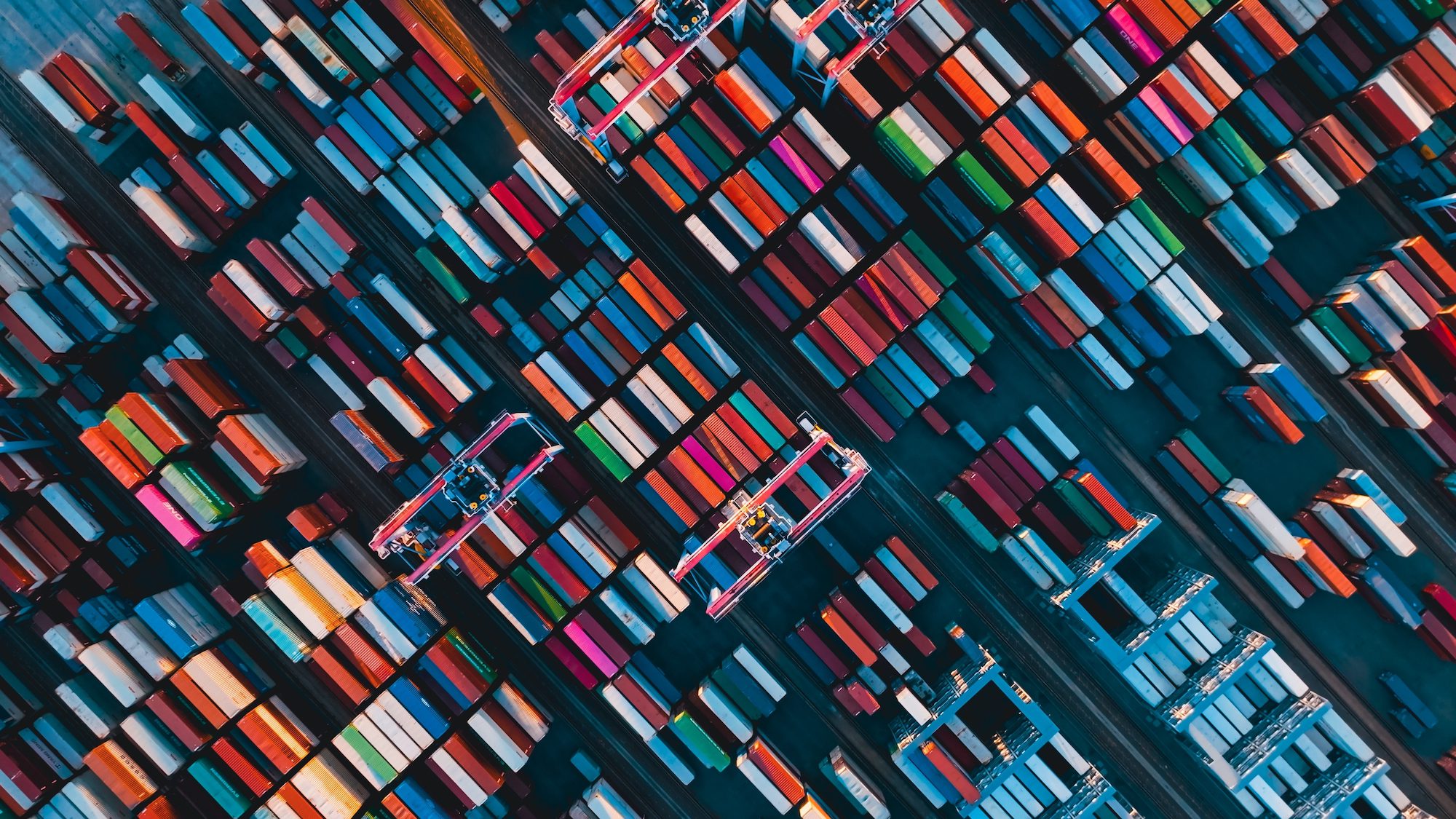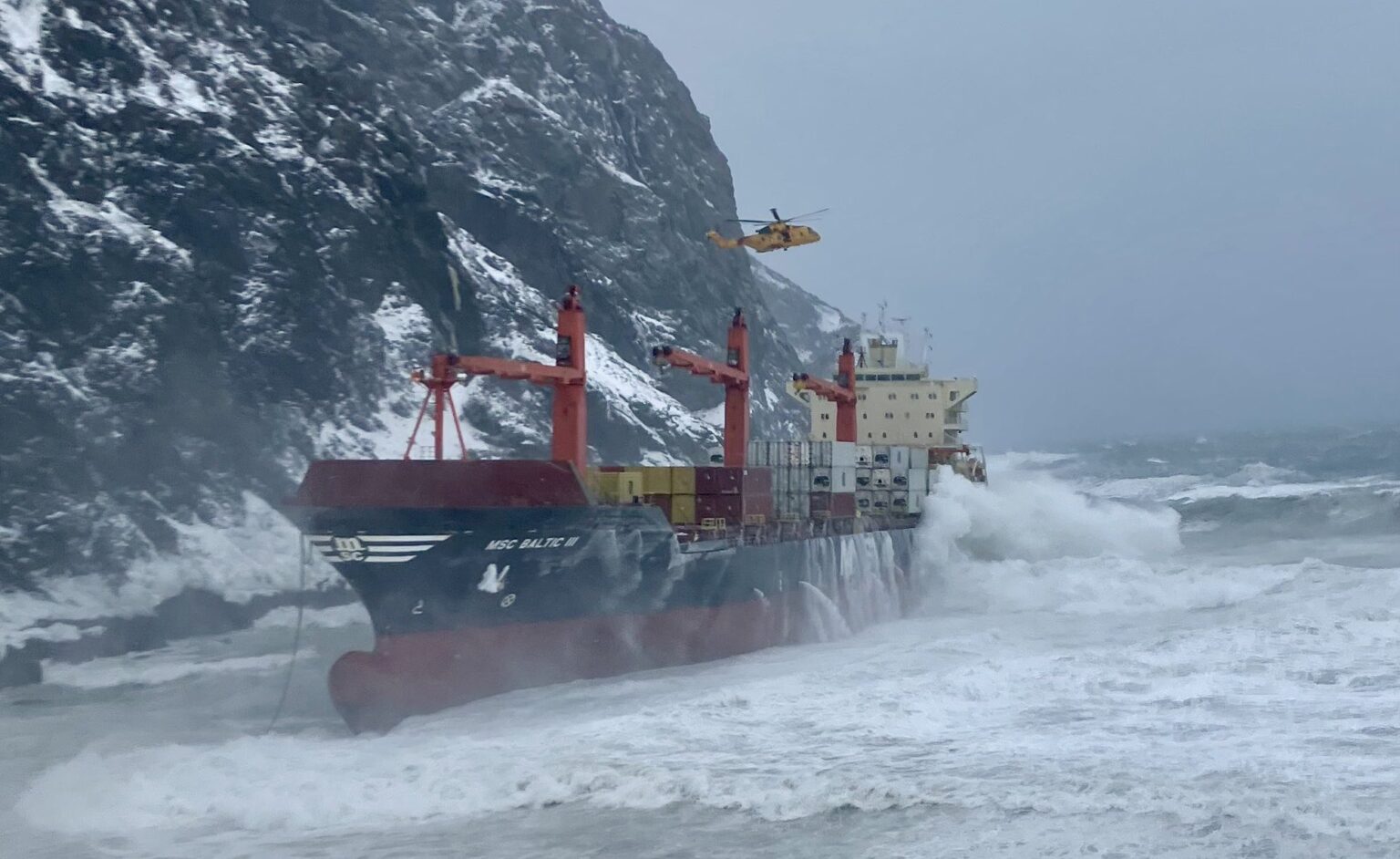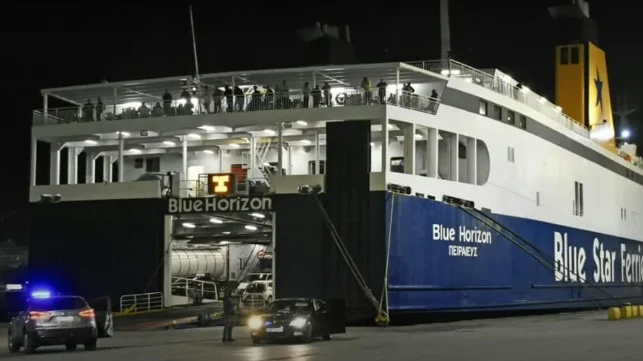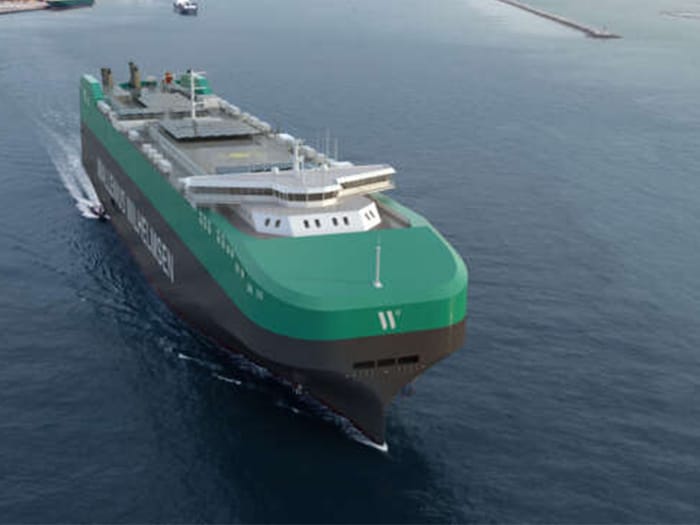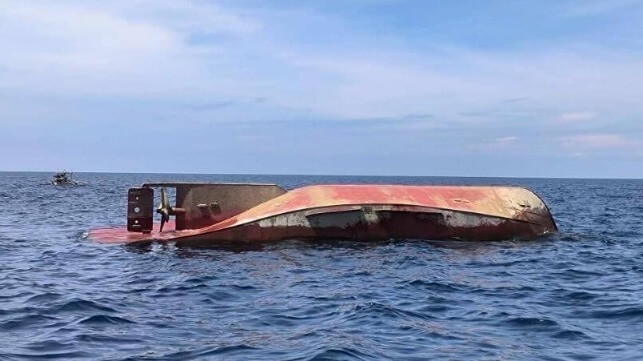The port’s container throughput rose 1.75 times
In January-May 2021, freight volume handled in the Port of Liepaja, Latvia climbed by 5.7%, year-on-year, to 2.8 million tonnes, the Port Authority told IAA PortNews.
In the reporting period, handling of grain and cereal products fell by 1.1% to 1.06 million tonnes, handling of anthracite – sank by 84.2% to 28,800 tonnes, handling of building materials climbed by 0.7% to 282,200 tonnes, handling of oil products rose by 7% to 191,200 tonnes.
Handling of Ro-Ro cargo rose by 68% to 23,870 units, container throughput grew 1.75 times to 4,052 TEUs.
In the reporting period, the port serviced 14,169 passengers, up 23%, year-on-year
The number of calls fell by 4% to 671 calls.
The ice-free port, situated in the western part of Latvia, between Liepāja Lake and the Baltic Sea, ensures cargo exchange between the East and West of Europe. With 5.3 mln tn handled in 2014, the Port of Liepāja is the country’s third-largest port.



